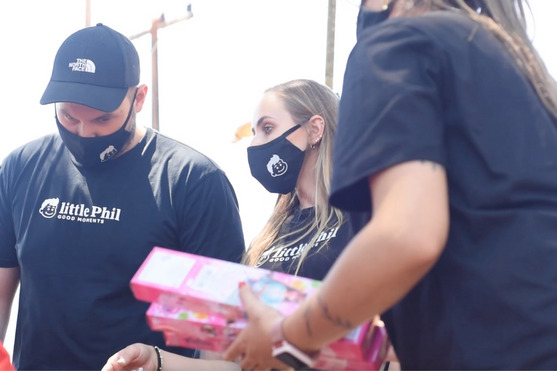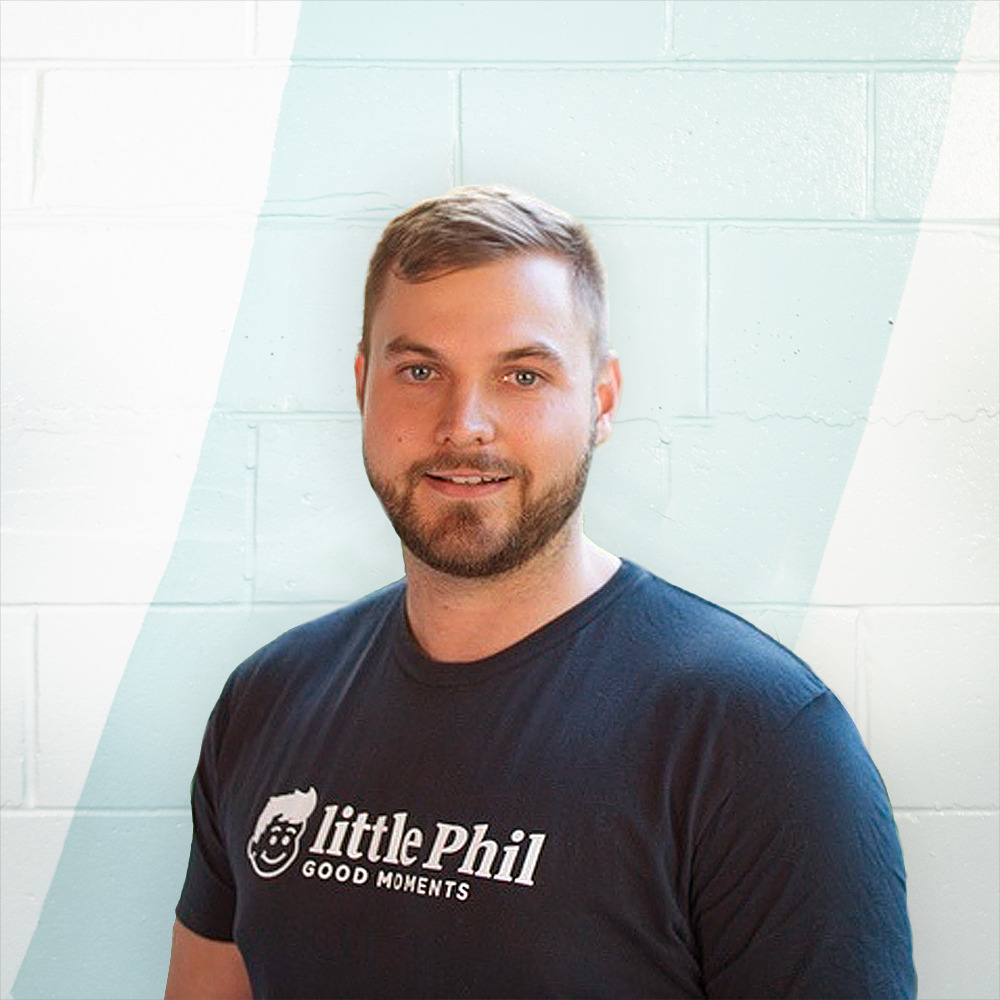Little Phil’s goal to help transform giving

It’s called “Little Phil’’ (Little Philanthropy), and by its own description it’s a micro-philanthropy software platform that is tapping in to blockchain technology to change the way donations are made. The innovation enables tracking of donations, from recipient to cause, and reduces many of the administration costs that can eat away at donation’s dollar value.
If all of that seems elusive or even impenetrable, the motivation behind Little Phil is clear: its first premise is a belief that the charitable giving industry needs fixing. The second is that there is abundance of innovation driven by technology, whether it’s food delivery or ride sharing, so why not tech innovation in the charity and not-for-profit sector?
To get behind Little Phil, we have to go back to 2017 and Josh Murchie, who was a Master’s student at Griffith University, studying IT. His undergraduate degree was in commerce in accounting, but during his post-grad study, he established Griffith Uni’s entrepreneurs club and his volunteering work was recognised with the Student Volunteer of the Year Award. As Josh points out, his skillset is “…a blend between business, impact, and technology.’
So, the volunteering, the entrepreneurial and the technology came together and the idea behind Little Phil as a not-for-profit philanthropy business emerged.
“We started with the problem that we wanted to be scalable – increasing trust and transparency,’’ Josh says. “It simply wouldn’t work, the current practice of charities hiring an auditor to go out and actually assess if the aid’s been delivered appropriately for projects that are worth a hundred bucks or a couple of grand. We started to fall into what is the scalable solution we can use to solve the problem and that’s where we landed with the whole blockchain and crypto currency.’’

The blockchain universe seems a faraway place for many, but for Josh and his Little Phil co-founders, it represented the best way to provide transparency for charitable giving and find ways to engage the next generation of donors.
“This technology has the opportunity to effectively replace part of what the ACNC (Australian Charities and Not-for Profit Commission) does and open it up to more transparent compliance,’’ Josh says.
“This is a completely new way to reduce some of that compliance burden, open up new streams of fundraising, more transparent and trustworthy and plug in to alternative streams of fundraising too.’’
The key to how this works is the blockchain technology that creates a “smart contract’’ and is part of the digital code generated through each donation. It means each transaction is stamped with the time, amount, and funder details. That is then stored in transparent databases that enable the donor to track where their money is going.
It is perhaps fairs to say that how this works is neither simple nor commonly understood among potential donors. And for it to reach its best impact, there are several regulatory innovations that could amplify Little Phil’s approach. Those discussions have already started – initially through a Federal Treasury consultation paper and a Senate committee report, which was released last October. In particular, there is work to be done on the classification of crypto assets associated with not-for-profits and the prevalence of Decentralised Autonomous Organisations (DAO) in the sector. This hinges, in part, on a governance token, which is a governance crypto asset that in alliance with the DAO has the potential to improve donor engagement, decrease operating costs and to speed up and improve transparency in decision-making and giving. In practice, the DAO could effectively replace part of a board’s responsibility around governance. The issue is that DAOs do not yet exist as a legal structure in Australia, and that’s where Craig Cameron, Senior Lecturer in Corporations Law at the at the Griffith Business School.
“DAOs are not going to replace all structures that are relevant to NFPs – it’s just another option,’’ Craig says. “Just like crypto is just another fundraising option. It does provide flexibility and that flexibility will be determined by the regulation [that has yet to be made]; and it’s a way of empowering members, rather than having a centralized mechanism making the decisions for them. You’re empowering the people who are making the donations to decide on how those donations are going to be used.’’
By his own admission, Craig brings a cool voice to the discussions with Josh about what could happen next. “I’m the guy who says: ‘Well, Josh have you thought about this?’ Josh doesn’t have a seven-person board…he’s a start-up.’’
But it’s an evolving start-up and it’s evolving quickly. Little Phil’s latest application is in the corporate social responsibility space, where some of the nation’s biggest employers are trying to find new ways of engaging their employees to donate.
As Josh describes it, this is about a company empowering employees by providing them with giving credits and allowing them to decide where to direct it. Using the digital code again, provides transparency to the employer – who retrains the charitable tax benefits – and the satisfaction for the employee that the donation has gone where they want it to. Out the door goes the old salary sacrifice model: in the door comes technology driven workplace giving, without reducing support for charities. Choice is not an issue – the Little Phil platform has 58,000 charities company employees could choose to use their giving credits.
Behind this is not just the recognition that the old-style of corporate giving has lost some of its power, but that technology, transparency and choice are the best ways to engage a new generation of workplace givers.
Josh says that the technology has already been built and is being trialed in some Australian companies. But he knows that to make a lasting impact, the key is ensuring that the platform itself is accessible and understandable.
“Our job is to be making that technology so simple that anyone can use it,’’ Josh says. “I use an analogy that we try to design it so my Mum can use it and she can barely turn her ‘phone on. We work with some of these charities hands on and we understand that a majority of those smaller guys especially that are usually set up by someone passionate about a cause or a life event….they don’t usually have the funding to acquire expensive software and they need a degree to just work out how to use it…So, how do we provide the best functionality of software that is friendly enough for everyone to use it and is [financially] accessible?’’